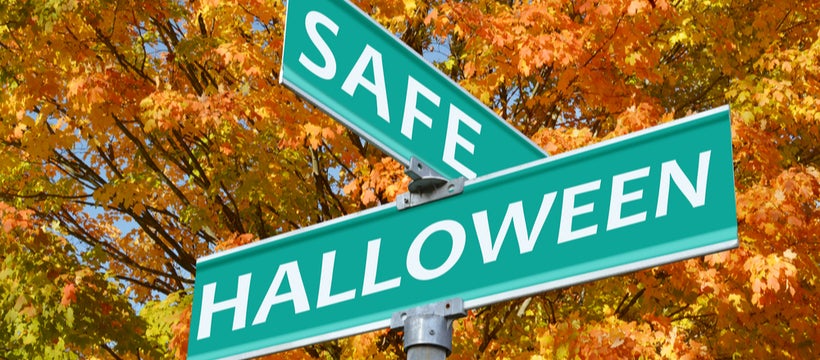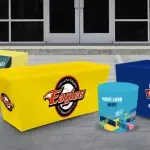Draping your table in the perfect cover isn’t just about protection, it’s about elevating your space. When it comes to buying table covers, whether for home use, events, or commercial purposes, it’s essential to choose the right one to enhance the appearance and functionality of your tables. A well-chosen table cover not only protects your table but also adds a touch of elegance to your setting.
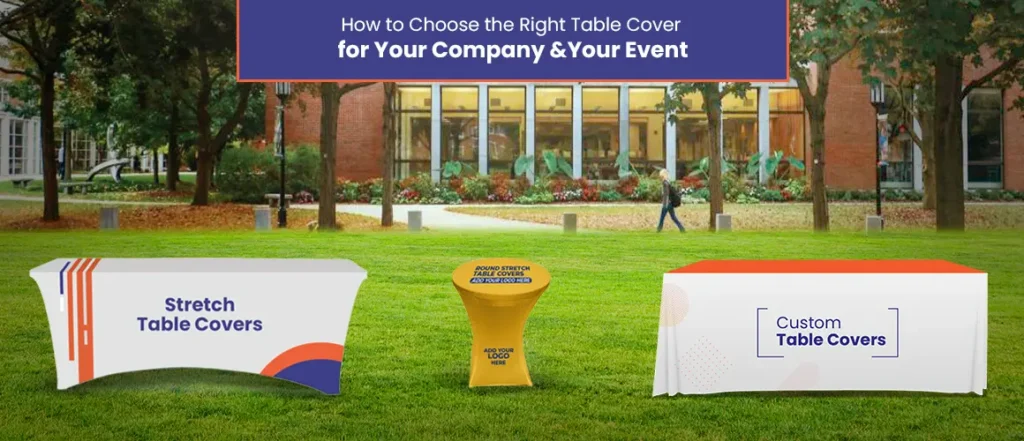
But with so many options available, how do you choose? Understanding the various table cover features and knowing how to choose table covers effectively can make a significant difference in your purchase decision. In this guide, we will explore the crucial specifications to consider while buying table covers to ensure you make an informed decision.
1. Table Cover Materials
One of the first and most important aspects to consider when buying table covers is the material. The material impacts the look, feel, and durability of the cover. Here are some common table cover materials:
- Cotton: Cotton table covers are popular due to their softness and breathability. They are easy to wash and maintain, making them ideal for everyday use. Cotton covers come in a variety of colors and patterns, offering a wide range of choices to match your décor.
- Polyester: Polyester is a synthetic material known for its durability and resistance to stains and wrinkles. It is also easy to clean and maintain, making it a practical choice for both home and commercial use. Polyester table covers are often used in events due to their sleek appearance and ability to withstand heavy use.
- Vinyl: Vinyl table covers are perfect for outdoor use or settings where spills are likely. They are waterproof and easy to wipe clean, making them highly practical. Vinyl covers often come with a flannel backing to provide extra protection and prevent slipping.
- Linen: Linen table covers exude a sense of luxury and elegance. They are highly absorbent and breathable, making them suitable for formal occasions. However, linen can be prone to wrinkles and requires proper care.
- Blended Fabrics: Many table covers are made from a blend of materials, such as cotton-polyester blends. These covers combine the best properties of each material, offering durability, ease of maintenance, and a soft texture.
2. Size and Shape of the Table Cover
The size and shape of the table cover should match your table dimensions and shape. Measure your table accurately and consider the following tips:
- Round Tables: For round tables, choose a table cover with a diameter that matches or slightly exceeds the table’s diameter. This ensures a proper fit and an even drape.
- Rectangular Tables: For rectangular tables, measure the length and width of the table. The table cover should provide enough overhang on all sides, usually between 6 to 12 inches, to create a balanced look.
- Square Tables: Square tables require covers that match their dimensions. Ensure that the cover provides adequate overhang for a neat appearance.
- Oval Tables: Oval tables can be tricky. Measure the longest and widest points and choose a table cover that accommodates these dimensions.
3. Design and Aesthetics
The design and aesthetics of the table cover play a significant role in enhancing the overall ambiance of your space. Consider the following aspects:
- Color: Choose a color that complements your existing décor. Neutral colors like white, beige, and gray are versatile and suit various settings, while vibrant colors can add a pop of excitement to your table.
- Pattern: Patterns can range from classic stripes and checks to intricate floral and geometric designs. Select a pattern that aligns with the theme of your event or the style of your home.
- Texture: The texture of the table cover can add a tactile element to your table setting. Smooth textures like satin and silk are ideal for formal events, while textured fabrics like burlap and lace add a rustic charm.
4. Type of Table Cover
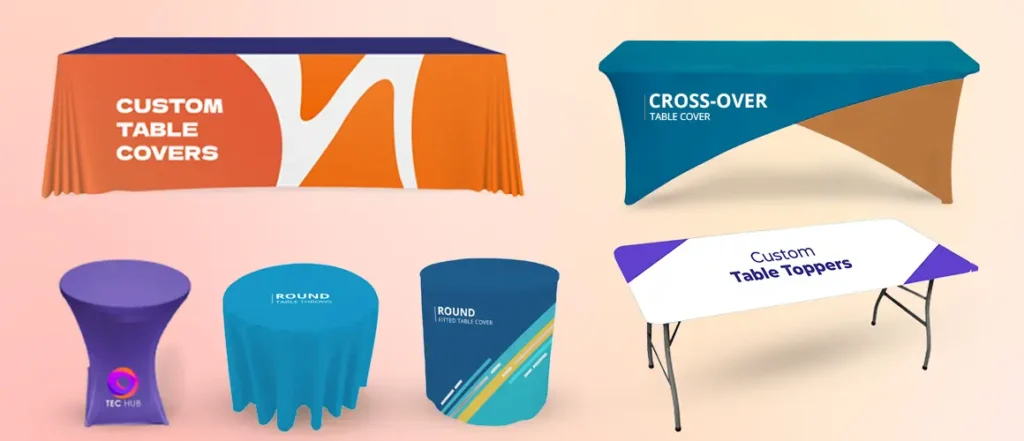
There are different types of table covers designed for specific purposes. Understanding the various types can help you make the right choice:
- Standard Table Covers: These are versatile and used for everyday dining or casual gatherings. They are available in various materials and designs.
- Table Runners: Table runners are narrow covers that run across the length of the table. They can be used alone or layered over a standard table cover to add a decorative touch.
- Stretch Table Covers: Stretch table covers are designed to fit snugly over tables, providing a sleek and professional look. They are commonly used in trade shows, exhibitions, and events where a clean and tailored appearance is desired.
- Fitted Table Covers: Fitted covers have elastic edges or tailored corners to fit securely over the table. They are ideal for outdoor events or settings where the cover needs to stay in place.
- Disposable Table Covers: Disposable covers are made from paper or plastic and are designed for single use. They are convenient for events where quick cleanup is necessary.
5. Durability and Maintenance
Durability and ease of maintenance are crucial factors, especially if you intend to use the table cover frequently. Consider the following:
- Washability: Check if the table cover is machine washable or requires special cleaning. Cotton and polyester covers are generally easy to wash, while linen may need more delicate care.
- Stain Resistance: For dining tables, stain resistance is a valuable feature. Polyester and vinyl covers are typically more resistant to stains compared to cotton and linen.
- Wrinkle Resistance: Wrinkle-resistant materials like polyester maintain a neat appearance with minimal effort. Cotton and linen may require ironing to stay smooth.
- Durability: Assess the thickness and quality of the material to ensure it can withstand regular use. High-quality materials will last longer and maintain their appearance.
6. Special Features
Some table covers come with special features that enhance their functionality:
- Waterproofing: Waterproof table covers are essential for outdoor use or environments where spills are likely. Vinyl covers are an excellent choice for this purpose.
- Elastic Edges: Covers with elastic edges or fitted corners stay securely in place, making them ideal for windy outdoor events or active dining settings.
- Non-Slip Backing: A non-slip backing, such as flannel or rubber, helps keep the table cover in place, preventing it from sliding or shifting during use.
7. Occasion and Purpose
The occasion and purpose of the table cover should guide your selection. Here are some scenarios to consider:
- Everyday Use: For everyday dining, choose a durable and easy-to-clean material like cotton or polyester. Opt for neutral colors and simple designs that blend with your décor.
- Formal Events: For formal events like weddings and banquets, select elegant materials such as linen or satin. Choose sophisticated colors and patterns that enhance the event’s theme.
- Outdoor Events: For outdoor gatherings, prioritize durability and weather resistance. Vinyl or waterproof polyester covers are practical choices that can withstand the elements.
- Commercial Use: In commercial settings like restaurants or catering businesses, opt for durable, stain-resistant materials. Stretch Table Covers can provide a polished and professional look.
8. Budget Considerations
Your budget will also play a role in your decision-making process. Table covers are available at various price points, depending on the material, design, and brand. Here are some table cover buying tips for budget-friendly choices:
- Compare Prices: Shop around and compare prices from different retailers to find the best deals. Online stores often offer a wider selection and competitive pricing.
- Quality vs. Cost: While it’s tempting to choose the cheapest option, consider the quality and durability. Investing in a higher-quality table cover may save you money in the long run by reducing the need for frequent replacements.
- Sales and Discounts: Look out for sales, discounts, and promotions, especially during holiday seasons or clearance events. You may find high-quality table covers at reduced prices.
9. Customization Options

If you have specific requirements or a unique table size, consider customization options. Many manufacturers offer custom-made table covers that can be tailored to your exact specifications. Customization allows you to choose the material, color, pattern, and size that perfectly matches your needs.
10. Eco-Friendly Options
For those who are environmentally conscious, eco-friendly table covers made from sustainable materials are available. Look for options like organic cotton, recycled polyester, or biodegradable materials. These covers not only reduce your environmental footprint but also add a touch of green to your décor.
Conclusion
Choosing the right table cover involves considering various factors such as table cover specifications, material, size, design, type, durability, and special features. Whether you’re buying a table cover for everyday use, a special event, or commercial purposes, understanding these specifications will help you make an informed decision. By taking the time to evaluate your needs and preferences, you can select a table cover that enhances the beauty and functionality of your table, providing both protection and style.
Written By BannerBuzz Editorial Team




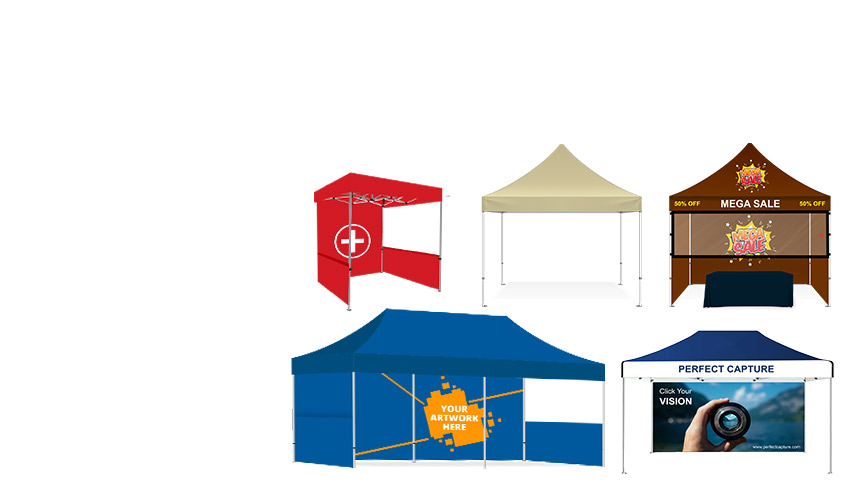





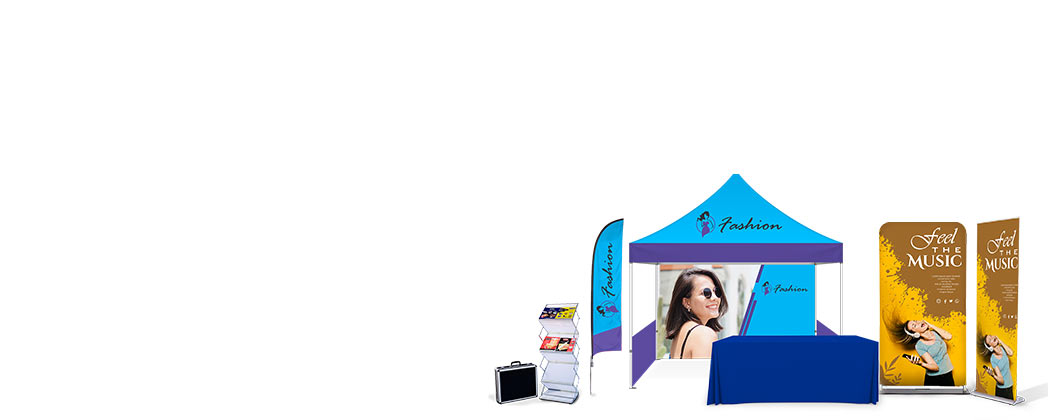


















 Posted in
Posted in 


